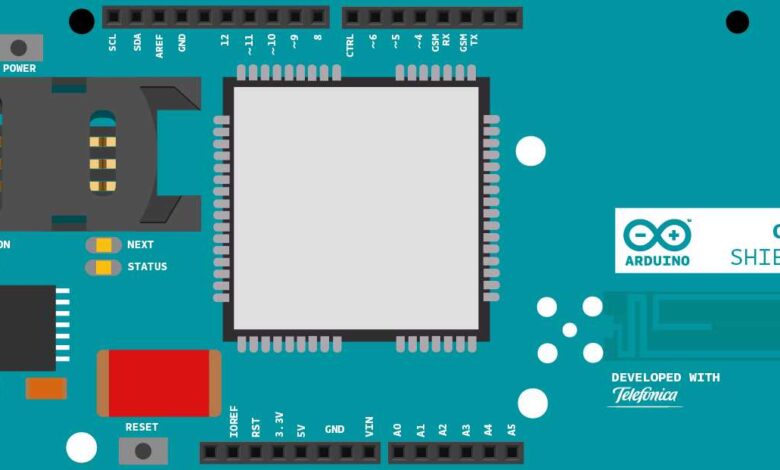Planning and optimization of Gsmweb

GSM Network Planning and Optimization
GSM network planning and optimization are essential aspects of building and maintaining a reliable mobile network. Here are some key points to consider:
- Coverage Planning: The first step in network planning is determining the coverage area required for the network. The coverage area is determined by the expected number of users and the terrain of the area.
- Location Selection: Once the coverage area is determined, the next step is selecting suitable locations for the base stations. Factors such as height, accessibility, power supply, and available infrastructure need to be taken into consideration.
- Frequency Planning: Frequency planning is crucial to ensure that the network can support the expected number of users. The frequency bands used by the network need to be carefully allocated to avoid interference with other networks.
- Capacity Planning: Capacity planning involves determining the number of channels needed to support the expected number of users. Factors such as call duration, call volume, and data usage need to be considered.
- Network Optimization: After the network is built, it needs to be optimized to ensure efficient operation. Optimization involves adjusting network parameters to improve call quality, reduce call drops, and increase network capacity.
- Drive Tests: Drive tests are used to evaluate network performance. A test vehicle drives through the coverage area while test calls are made, and network performance is measured.
- Performance Monitoring: Once the network is operational, it needs to be continuously monitored to ensure it meets performance standards. Network performance can be monitored using various tools, including network management systems and performance measurement systems.
- Network Upgrades: As the number of users and data traffic increases, it may be necessary to upgrade the network to meet demand. Upgrades can involve adding more base stations, increasing capacity, or upgrading to a new technology.

Overall, effective planning and optimization are crucial for building and maintaining a reliable GSM network. By carefully considering coverage planning, location selection, frequency planning, capacity planning, and network optimization, operators can build a network that meets the needs of their users and delivers high-quality voice and data services.
GSMWeb’s Radio Network Planning
Radio network planning is a critical component of building a dependable GSM network. It involves the process of determining the optimal configuration of base stations, frequencies, and network parameters to provide coverage and capacity for voice and data services. Here are some key points to consider when planning a GSM radio network:
Coverage Planning: The first step in radio network planning is determining the coverage area required for the network. The coverage area is determined by the expected number of users and the terrain of the area. Various coverage planning techniques can be used to estimate the coverage area, including signal propagation models and drive testing.
Site Selection: Once the coverage area is determined, the next step is selecting suitable locations for the base stations. Factors such as height, accessibility, power supply, and available infrastructure need to be taken into consideration.
Frequency Planning: Frequency planning is crucial to ensure that the network can support the expected number of users. The frequency bands used by the network need to be carefully allocated to avoid interference with other networks. Different frequency planning techniques can be used to determine the optimal frequency assignment, including frequency reuse and interference analysis.

Capacity Planning: Capacity planning involves determining the number of channels needed to support the expected number of users. Factors such as call duration, call volume, and data usage need to be considered. Various capacity planning techniques can be used to estimate the required number of channels, including Erlang calculations and traffic engineering.
Antenna System Design: Antenna system design is crucial to achieve optimal network coverage and capacity. Different types and configurations of antennas can be used to optimize network performance, including omnidirectional antennas and directional antennas.
Network Sizing: After coverage planning, site selection, frequency planning, capacity planning, and antenna system design are completed, the next step is network sizing. Network sizing involves determining the number of resources needed to meet the expected traffic demand, including the number of base stations, transmission links, and channels.
Network Optimization: Once the network is built, it needs to be optimized to ensure efficient operation. Optimization involves adjusting network parameters to improve call quality, reduce the number of dropped calls, and enhance overall network performance.
Call Quality Optimization by GSMWeb
Call quality optimization is an essential aspect of maintaining a reliable GSM network. Call quality can be influenced by various factors, such as signal strength, signal-to-noise ratio, and bit error rate. Here are some key points to consider when optimizing call quality in a GSM network:

Radio Coverage Optimization: Optimizing radio coverage is essential to ensure high-quality calls. This can be achieved by adjusting antenna tilt, output power, and frequency allocation to minimize interference and provide optimal signal strength.
Interference Management: Interference from neighboring cells and other sources can significantly impact call quality. Effective interference management can be achieved by implementing techniques such as frequency hopping, adaptive power control, and dynamic channel allocation.
Handover Optimization: Handovers are a crucial aspect of maintaining call quality in a GSM network. Handover optimization involves ensuring that handovers occur smoothly and quickly, without leading to dropped calls or loss of call quality. This can be achieved by adjusting handover parameters such as handover thresholds and time intervals.
Capacity Management: Network capacity management is crucial for maintaining call quality. This involves ensuring that the network has sufficient capacity to handle the expected call volume. Techniques such as traffic shaping, load balancing, and congestion management can be used to optimize capacity and minimize call quality issues.
Network Performance Monitoring: Effective network performance monitoring is essential to identify call quality issues and optimize network performance. This can be achieved by using performance indicators such as call success rate, call drop rate, and network availability.
Quality of Service (QoS) Optimization: QoS optimization involves ensuring that the network provides the required service level for different types of traffic. This can be achieved by using QoS parameters such as priority levels and packet scheduling.
Overall, effective call quality optimization requires a comprehensive approach that considers factors such as radio coverage, interference management, handover optimization, capacity management, network performance monitoring, and QoS optimization. By carefully optimizing these factors, operators can ensure that their GSM network delivers high-quality voice and data services that meet the needs of their users.




